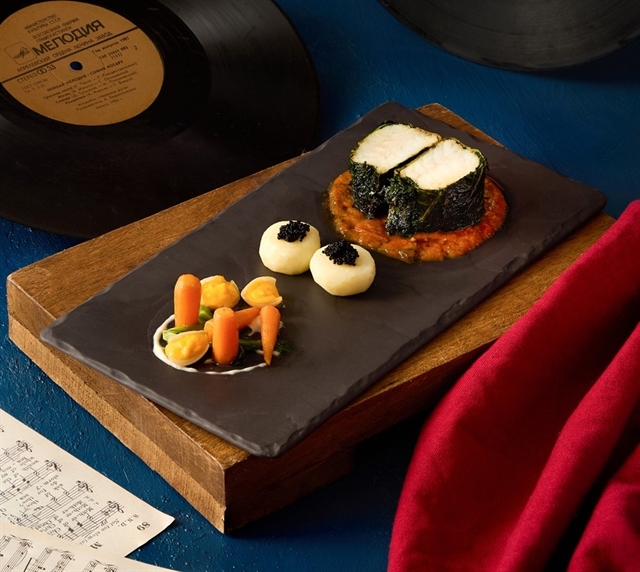 Society
Society

 |
| Farmers tend flowers they grow for 2023 Tết (Lunar New Year) in Đồng Tháp Province’s Sa Đéc City. — Photo nld.com.vn |
MEKONG DELTA — Unpredictable market demand and high fertiliser prices are causing many flower and bonsai farmers in the Cửu Long (Mekong) Delta to think twice about growing large quantities for this Tết (Lunar New Year).
In Bến Tre Province’s Chợ Lách District, one of the delta’s largest producers of flowers and ornamental plants, many farmers are starting to plant flowers for the upcoming Lunar New Year.
Trần Trung Trí, from the district’s Hưng Khánh Trung B Commune, said this year he has only planted about 7,000 yellow ochna trees, which is about half as many as in previous years.
The flower is the symbol of Tết in the south, with families decorating their houses with the tree during the festival.
However, the economy has not fully recovered after two years of being severely affected by the COVID-19 pandemic, so he doesn't want to invest too much this year.
Many farmers in major flower growing areas such as Sa Đéc Village in Đồng Tháp Province and Bà Bộ Village in Cần Thơ City are worried.
Nguyễn Thị Năm, a flower farmer in Sa Đéc, said most farmers are worried it will be difficult to sell inventory this year.
Trương Văn Nhung, head of the Mỹ Phong Flower Production Cooperative in Mỹ Tho City in Tiền Giang, said farmers have scaled down their production as they are worried about low demand. They will mainly sell their flowers to traders, and small amount will be sold at local spring flower festivals.
The prices of flowers and ornamental plants are expected to increase by 30 – 50 per cent this year as the prices of inputs have almost doubled from last year, according to farmers.
Besides the cut in supply, high input costs are also a major reason for the price increase, according to local authorities.
Usually customers place orders in advance, but this year no one has made deposits, and so farmers do not dare grow in large numbers, Nhung said.
Normally, bonsai and flower farmers in the Mekong Delta bring their produce to many provinces and cities for sale, but they do not know if they can do so this year because of the unpredictable situation.
Nguyễn Trung Hiền, a trader in Đồng Tháp Province, said every year he buys 20,000 pots of flowers and ornamental plants in the delta and transports them to HCM City, Bình Dương and Đồng Nai to sell, but this year, with unpredictable market demand, he does not dare buy such large numbers.
Sa Đéc City in Đồng Tháp Province, a major flower producer, plans to cut output by more than 40 per cent.
Bonsai and flower farmers in flower villages in the Mekong Delta have also cut output and instead focused on quality to avoid oversupply.
Trần Năm in Đồng Tháp Province’s Sa Đéc City said he planted 5,000 flower pots this year and, like other local farmers, is paying more attention to quality.
"Farmers no longer focus on quantity but on efficiency and keeping abreast of market information to meet market demand,” Nam said.
According to the Sa Đéc City economic department, farmers have planted 52 hectares of flowers and ornamental plants for the 2023 Lunar New Year, mainly popular varieties like chrysanthemum morifolium, Taiwanese chrysanthemum, gerbera daisy, and rose. — VNS




